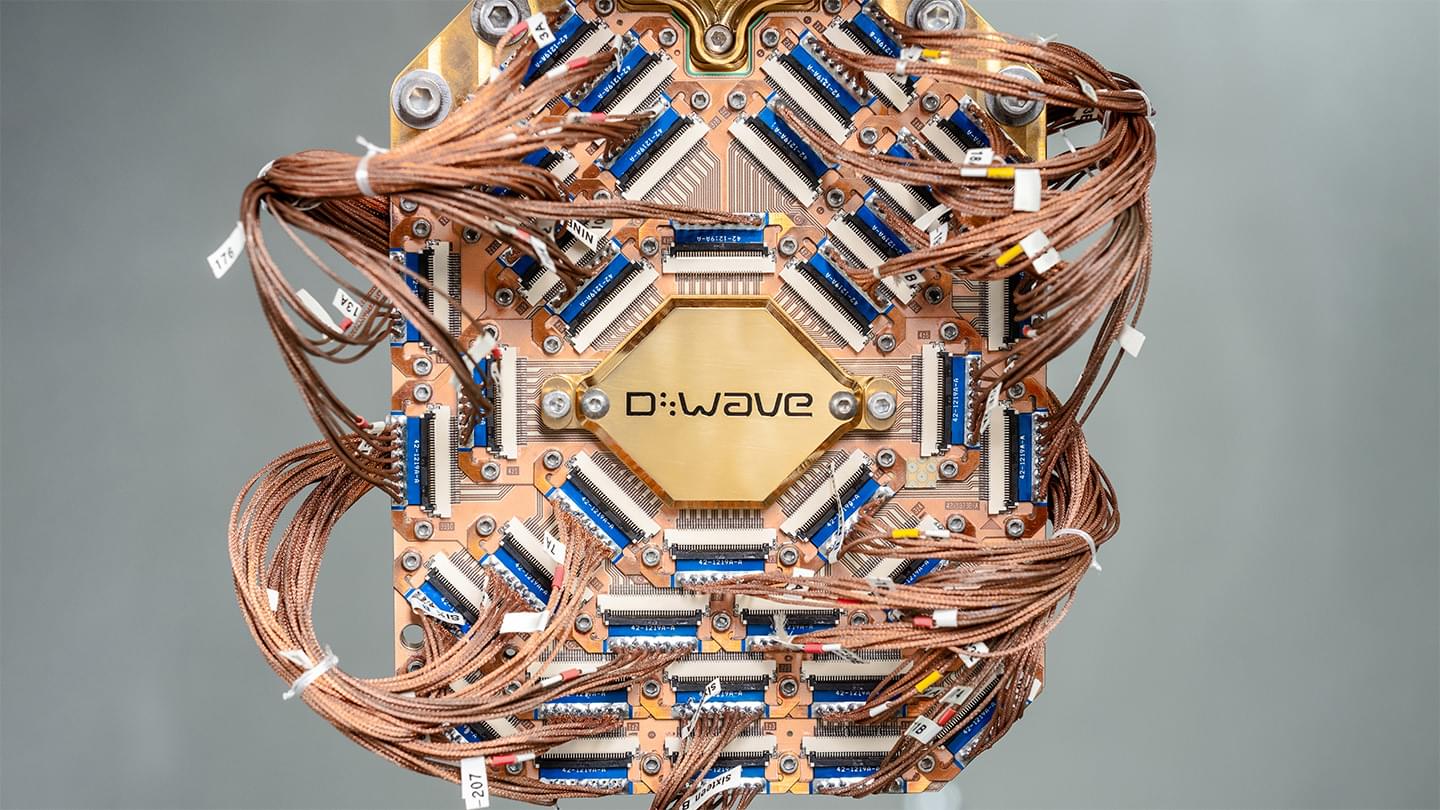This is thanks to a new measurement technique.
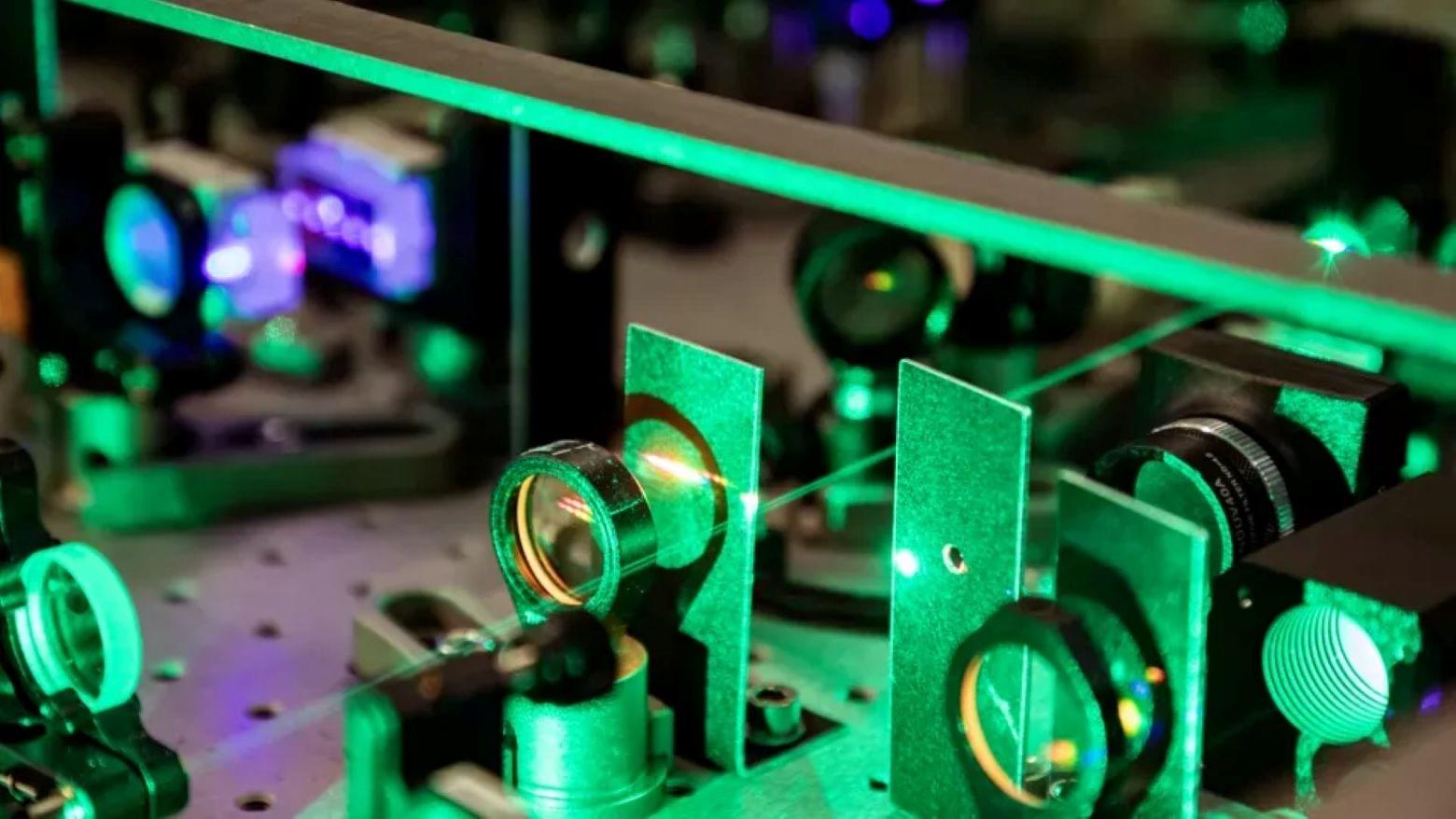


Green hydrogen, produced through renewable energy sources, is considered a crucial element in the transition towards a cleaner energy future. However, current production methods are costly and energy-intensive, limiting their widespread adoption.
This new reactor uses photocatalytic sheets to split water molecules into hydrogen and oxygen using a process powered entirely by sunlight. This innovative process has the potential to drastically reduce production costs and make green hydrogen a more economically viable fuel source.
While the technology is still in its early stages, the researchers have successfully operated the prototype reactor for three years under natural sunlight, demonstrating its potential for real-world applications. Despite the promising results, the researchers acknowledge that further improvements are needed. Enhancing the efficiency of the photocatalytic process and ensuring the safe handling of potentially explosive byproducts are crucial steps towards commercialization.
The team remains optimistic that with continued research and development, this technology can revolutionize green hydrogen production and pave the way for a cleaner, more sustainable energy future. This breakthrough is particularly important for Japan, a country actively pursuing a “hydrogen society” and leading the way in hydrogen fuel technology. It could also accelerate the transition towards a hydrogen-based economy and contribute to global efforts in combating climate change.

Did you know that up to 20% of people with lung cancer have never smoked?
Sherlock-Lung is a comprehensive study that uses genomic approaches to trace the causes of lung cancer among people who have never smoked.
Sherlock Lung is a genomic epidemiologic study of lung cancer in never smokers conducted by researchers in DCEG.
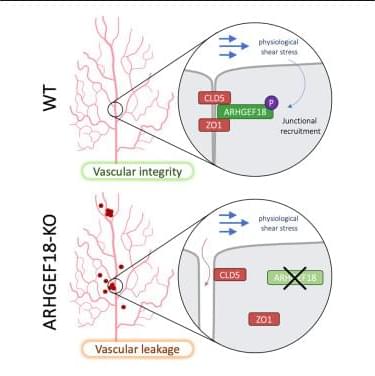
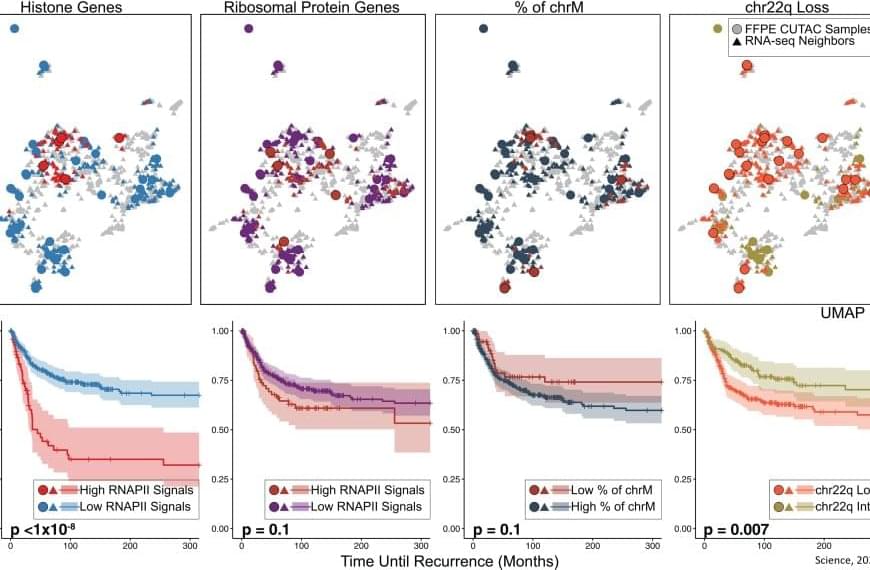
Histone proteins provide essential structural support for DNA in chromosomes, acting as spools around which DNA strands wrap. These proteins have been well studied, but most current tools to study gene expression rely on RNA sequencing. Histone RNA is unique in that its structure prevents the RNA molecules from being detected by current methods.
Thus, the expression of histone genes may be significantly underestimated in tumor samples. The researchers hypothesized that the increased proliferation of cancer cells leads to a very elevated expression, or hypertranscription, of histones to meet the added demands of cell replication and division.
To test their hypothesis, the researchers used CUTAC profiling to examine and map RNAPII, which transcribes DNA into precursors of messenger RNA. They studied 36 FFPE samples from patients with meningioma – a common and benign brain tumor – and used a novel computational approach to integrate this data with nearly 1,300 publicly available clinical data samples and corresponding clinical outcomes.
In tumor samples, the RNAPII enzyme signals found on histone genes were reliably able to distinguish between cancer and normal samples.
RNAPII signals on histone genes also correlated with clinical grades in meningiomas, accurately predicting rapid recurrence as well as the tendency of whole-arm chromosome losses. Using this technology on breast tumor FFPE samples from 13 patients with invasive breast cancer also predicted cancer aggressiveness.
Using a new technology and computational method, researchers have uncovered a biomarker capable of accurately predicting outcomes in meningioma brain tumors and breast cancers.
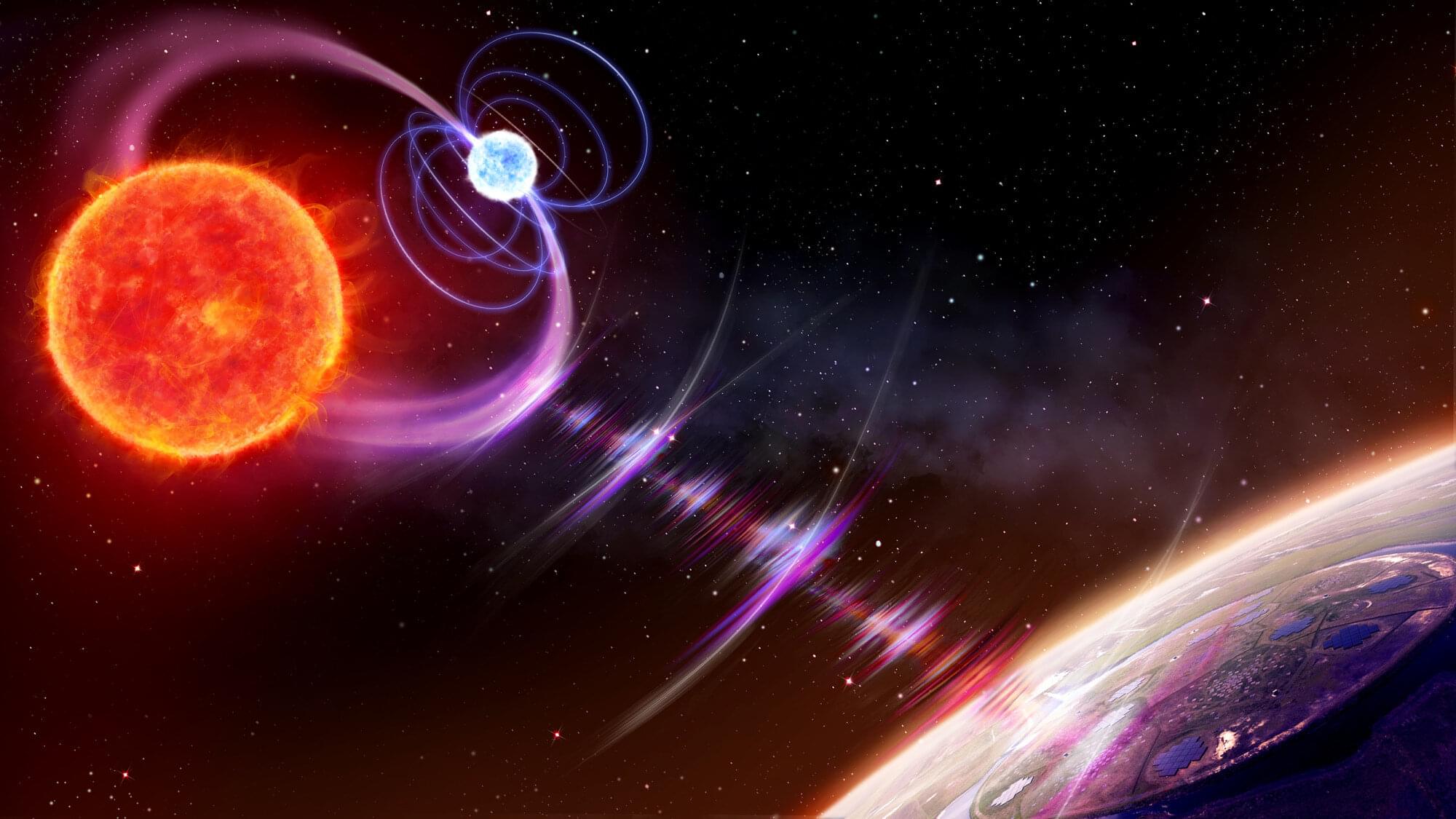
An international team of astronomers led by scientists from the Netherlands has shown that a white dwarf and a red dwarf orbiting each other every two hours are emitting radio pulses. Thanks to observations with several telescopes, the researchers were able to determine the origin of these pulses with certainty for the first time. Their results are published in Nature Astronomy.
In recent years, thanks to better analysis techniques, researchers have detected radio pulses that last from seconds to minutes and seem to come from stars in the Milky Way. There have been many hypotheses about what triggers these pulses, but until now there has been no hard evidence. An international study led by Iris de Ruiter of the Netherlands changes this.
De Ruiter, who received her Ph.D. from the University of Amsterdam in October 2024, is now a postdoctoral researcher at the University of Sydney (Australia). During the last year of her Ph.D., she developed a method to search for radio pulses of seconds to minutes in the LOFAR archive. While improving the method, she discovered a single pulse in the 2015 observations. When she subsequently sifted through more archive data from the same patch of sky, she discovered six more pulses. All the pulses came from a source called ILTJ1101.
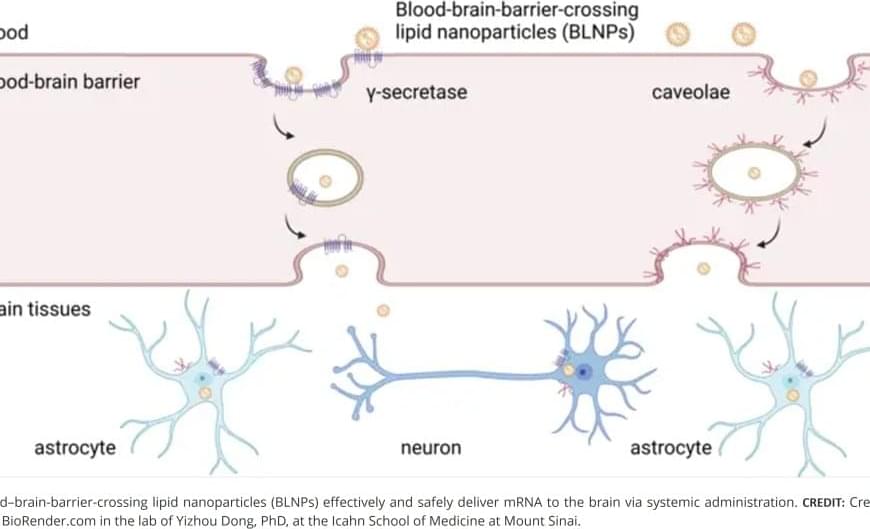
Getting mRNA into the brain could allow scientists to instruct brain cells to produce therapeutic proteins that can help treat or prevent disease by replacing missing proteins, reducing harmful ones, or activating the body’s defenses.
The research team designed and tested a library of lipids to optimize their ability to cross the blood-brain barrier. Through a series of structural and functional analyses, they identified a lead formulation, termed MK16 BLNP, that exhibited significantly higher mRNA delivery efficiency than existing lipid nanoparticles approved by the Food and Drug Administration (FDA). This system takes advantage of natural transport mechanisms within the blood-brain barrier, including caveolae-and γ-secretase-mediated transcytosis, to move nanoparticles across the barrier, say the investigators.
In studies using mouse models of disease, the BLNP platform successfully delivered therapeutic mRNAs to the brain, demonstrating its potential for clinical application.
Scientists have developed a lipid nanoparticle system capable of delivering messenger RNA (mRNA) to the brain via intravenous injection, a challenge that has long been limited by the protective nature of the blood-brain barrier.
The findings, in mouse models and isolated human brain tissue, were published in Nature Materials. They demonstrate the potential of this technology to pave the way for future treatments for a wide range of conditions such as Alzheimer’s disease, amyotrophic lateral sclerosis, brain cancer, and drug addiction.
The blood-brain barrier serves as a protective shield, preventing many substances—including potentially beneficial therapies—from reaching the brain. While previous research introduced a platform for transporting large biomolecules such as proteins and oligonucleotides into the central nervous system, this new study focuses on a different approach: using specially designed lipid nanoparticles to transport mRNA across the barrier.
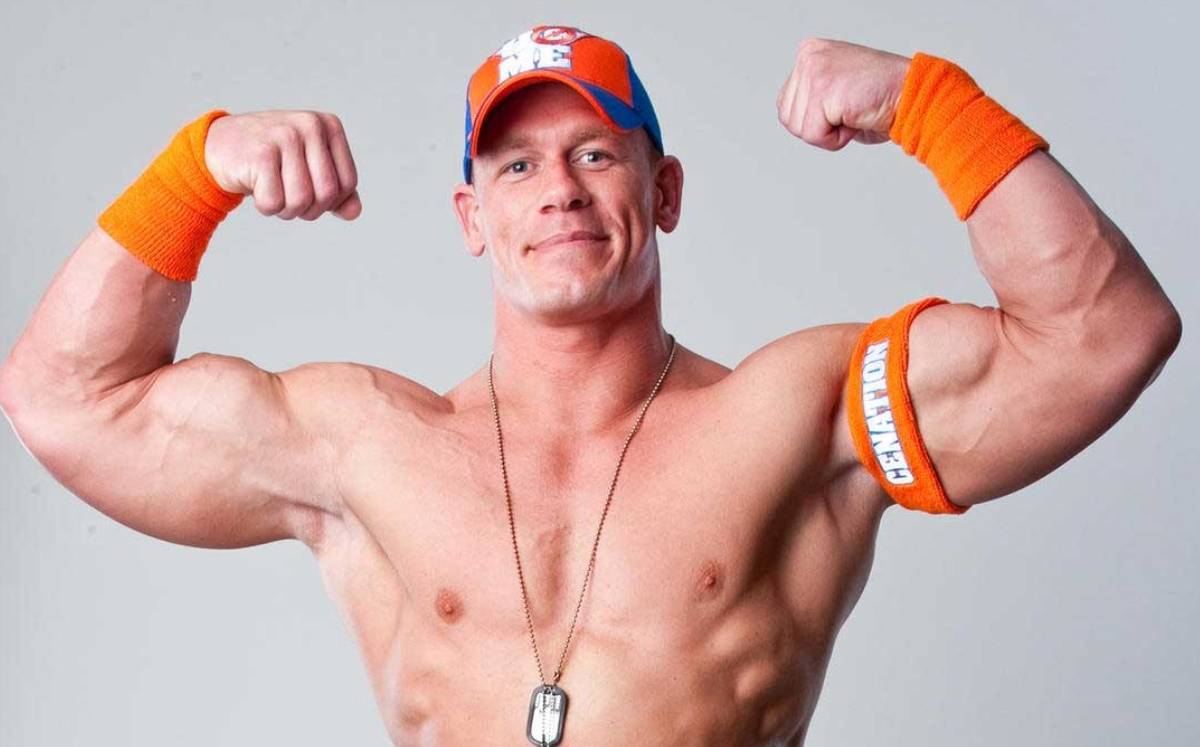
We are in the middle of a big website upgrade and it just gave a bit of results: John Cena is now following us on X! Our account on X is https://x.com/LifeboatHQ
Here is info about John Cena: https://en.wikipedia.org/wiki/John_Cena
Check out our 3 new books at https://lifeboat.com/ex/books! Programs at https://lifeboat.com/ex/programs.
